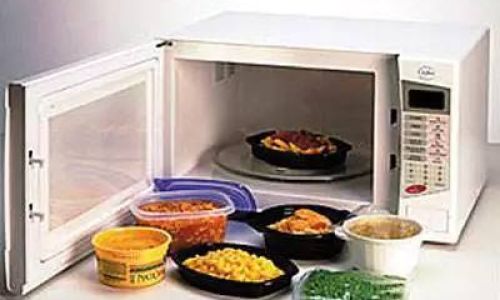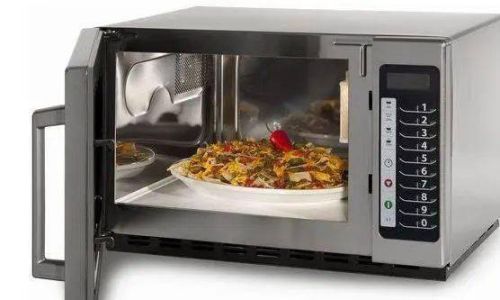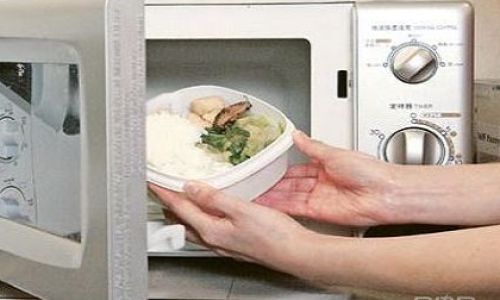Introduction
The microwave oven has become an indispensable tool in modern kitchens, revolutionizing the way we reheat, cook, and defrost food. However, as convenience meets safety, questions arise about the compatibility of various food storage materials with microwave heating. One common concern revolves around “food preservation containers”—a broad category encompassing plastics, glass, silicone, and other materials designed to keep food fresh. This article delves into the science behind microwave-material interactions, debunks myths, and provides actionable guidelines to ensure safe and efficient heating practices.
Understanding Microwave Heating Mechanics
Before addressing specific containers, it is crucial to grasp how microwaves function. Unlike conventional ovens that rely on thermal conduction, microwaves emit electromagnetic waves that excite water molecules within food. This excitation generates heat through friction, warming the food from the inside out. While this process is efficient, it also creates unique challenges: uneven heating, potential hotspots, and material degradation if non-compatible items are used.

The Role of Container Materials
The safety of microwaving food preservation containers hinges on their composition. Different materials react uniquely to microwave radiation, with implications for both food safety and container integrity.
-
Plastic Containers
Plastics dominate the food storage market due to their lightweight nature and affordability. However, not all plastics are created equal. The key lies in their resin identification codes (RIC), typically marked on the base:- Polypropylene (PP, RIC 5): Widely regarded as microwave-safe, PP withstands high temperatures without warping or leaching harmful chemicals.
- Polyethylene Terephthalate (PET, RIC 1): Common in disposable containers, PET is not designed for repeated microwave use and may deform.
- Polystyrene (PS, RIC 6) and PVC (RIC 3): These plastics can release toxic substances like styrene or phthalates when heated, posing health risks.
Critical Consideration: Even microwave-safe plastics may degrade over time. Scratches, discoloration, or warping indicate replacement is needed.
-
Glass and Ceramic Containers
Glass, particularly borosilicate glass, and ceramic containers are gold standards for microwave use. They resist heat, do not leach chemicals, and distribute heat evenly. However, avoid containers with metallic paint or trim, as metal can cause arcing and fires. -
Silicone
Food-grade silicone is gaining popularity for its flexibility and heat resistance (up to 220°C/428°F). It remains stable in microwaves, making it ideal for baking or steaming. -
Paper and Cardboard
While suitable for short-term use, paper products can dry out, burn, or release adhesives if overheated. Avoid using them for fatty or sugary foods, which may cause ignition.
Debunking Common Myths
-
“Microwave-Safe” Labels Guarantee Zero Risk
Labels like “microwave-safe” indicate compliance with FDA standards (in the U.S.) or similar regulations. However, these tests evaluate short-term exposure. Prolonged heating or repeated use may still compromise integrity. -
All Plastics Are Dangerous
While some plastics pose risks, PP and certain polyethersulfone (PES) plastics are engineered for high-heat applications. Context matters: a single use of a certified container is safer than repeatedly microwaving unclearified plastics. -
Lids Are Always Safe
Lids, even on microwave-safe containers, may contain non-compatible components like plasticizers or vents. Always remove lids entirely or ensure they are microwave-safe and properly vented to prevent pressure buildup.
Health Risks Associated with Improper Container Use
-
Chemical Leaching
Heating plastics at high temperatures can accelerate the release of microplastics or additives like bisphenol A (BPA) and phthalates. Studies link these chemicals to endocrine disruption, reproductive issues, and cancer risks. -
Physical Hazards
Melted plastic can fuse to food, creating choking hazards or ingestion risks. Similarly, shattered glass or exploded containers due to trapped steam pose injury risks.
Best Practices for Microwaving Food Preservation Containers
-
Check Labels and Codes
Prioritize containers explicitly labeled “microwave-safe.” For plastics, confirm the RIC code (preferably 5 or 2 for high-density polyethylene, HDPE). -
Avoid High-Risk Foods
Oily, sugary, or acidic foods can accelerate chemical leaching. Transfer such items to glass or ceramic before heating. -
Use Lower Power Settings
Reduced power levels minimize thermal stress on containers, extending their lifespan and reducing leaching risks. -
Vent Containers Properly
Leave lids ajar or use microwave-safe covers to allow steam escape, preventing pressure buildup and potential explosions. -
Avoid Overheating
Adhere to recommended heating times. Overheating not only damages containers but also degrades food nutrients. -
Inspect Regularly
Discard containers showing signs of wear: cracks, discoloration, or a “plasticized” odor during heating.
Alternatives to Traditional Food Preservation Containers
For those wary of plastics, consider these alternatives:
- Glass Containers with BPA-Free Lids: Durable and eco-friendly, glass reduces plastic waste.
- Stainless Steel: While not microwave-safe, stainless steel is excellent for storing and transporting food.
- Beeswax Wraps: Reusable and biodegradable, these wraps are ideal for covering bowls or wrapping sandwiches.
- Silicone Bags: A sustainable alternative to single-use plastics, silicone bags are freezer, oven, and microwave-safe.
The Environmental Impact of Container Choices
The convenience of single-use plastics comes at a cost. Approximately 8 million tons of plastic enter oceans annually, with food packaging contributing significantly. Opting for reusable, microwave-safe containers reduces waste and promotes sustainability.
Case Studies: Real-World Implications
-
A 2020 Study by Consumer Reports
Found that 75% of plastic containers labeled “microwave-safe” released microplastics when heated for 3 minutes. While levels were below regulatory thresholds, long-term exposure risks remain uncertain. -
Hospital Settings
Healthcare facilities often ban plastic containers in microwaves due to stricter safety protocols, opting instead for glass or medical-grade silicone.
Conclusion: Balancing Convenience and Safety
The question of whether food preservation containers belong in microwaves lacks a one-size-fits-all answer. Material composition, usage habits, and health priorities dictate safety. By prioritizing certified microwave-safe options, adhering to best practices, and exploring sustainable alternatives, consumers can mitigate risks while enjoying the convenience of microwave cooking.
In an era where kitchen efficiency intersects with health consciousness, informed choices remain paramount. When in doubt, remember this mantra: “When unsure, opt for glass; if plastic, check the class.”
Final Thoughts
The microwave oven’s evolution continues to shape culinary practices, yet its safe operation demands vigilance. As manufacturers innovate with bio-based plastics and compostable materials, the future of food preservation may align convenience with sustainability. Until then, staying educated and proactive ensures that every reheated meal is both delicious and safe.





0 comments